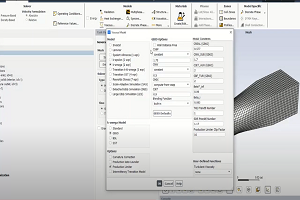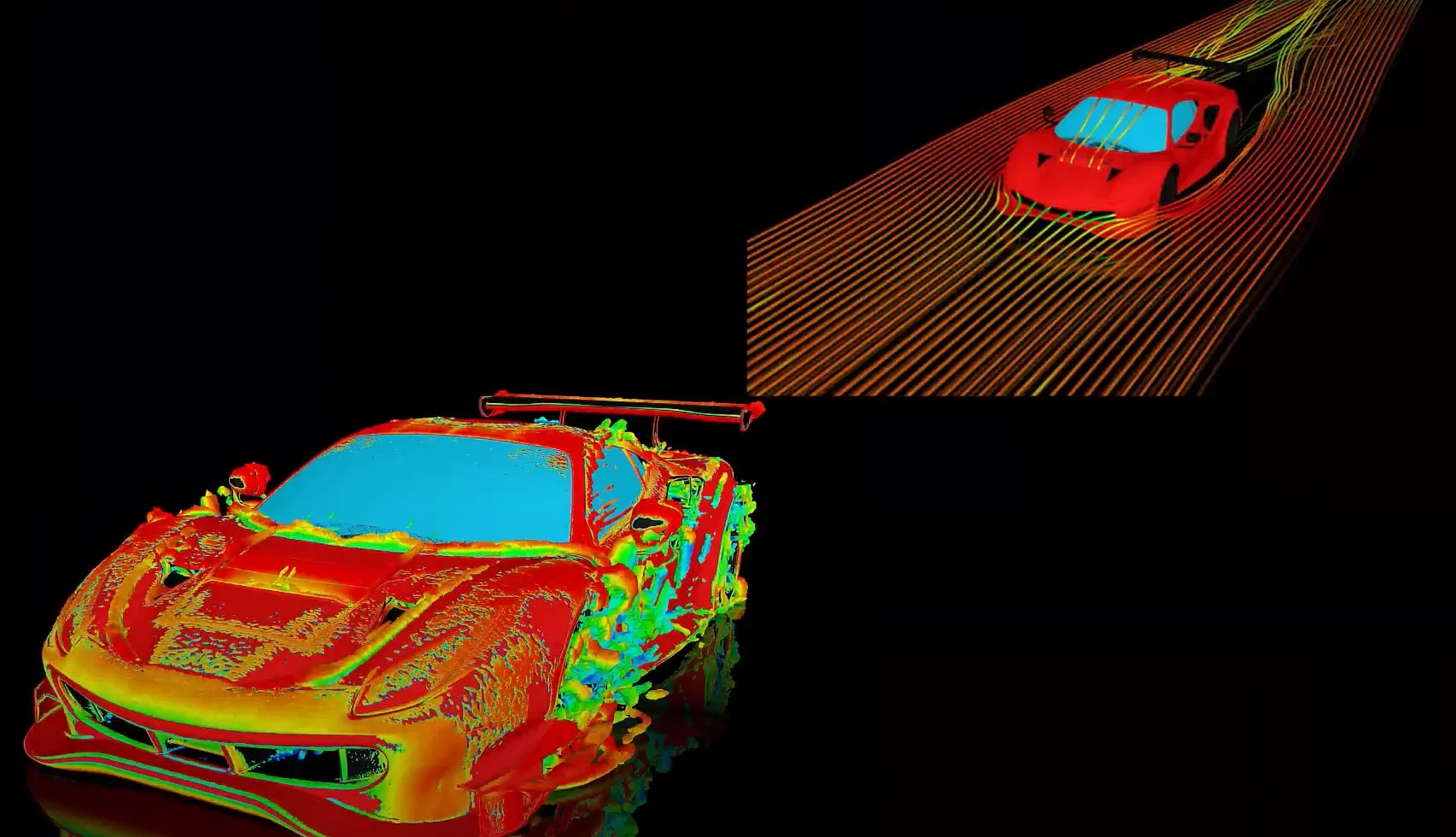In Fluent, why does every electrochemical reaction have an anodic and cathodic transfer coefficient?
-
-
June 6, 2022 at 8:33 am
 FAQParticipant
FAQParticipantThe handling of the anodic and cathodic transfer coefficients is analogous to forward and reverse reaction rate coefficients. Every reaction has them, but the rate in one direction may be negligible in certain instances. Each reaction will have an equilibrium at the conditions, so both coefficients are needed to get the right net rate. It is the sign of the overpotential (voltage) that negates the rate in one or the other direction, depending on whether the reaction is defined on the cathode or anode. Using a zero coefficient will not necessarily make the rate for that direction zero. (Charge transfer coefficient x overpotential) determines the energy input (positive or negative) required for the reaction to occur (similar to activation energy for finite rate reactions). Setting a zero activation energy produces a reaction that has no energy barrier. This is the case here too — AND the rate in one direction will now be independent of overpotential! This could make the rate for that direction even larger than it would have been with a non-zero coefficient, and will definitely result in an incorrect net rate.
-


Introducing Ansys Electronics Desktop on Ansys Cloud
The Watch & Learn video article provides an overview of cloud computing from Electronics Desktop and details the product licenses and subscriptions to ANSYS Cloud Service that are...

How to Create a Reflector for a Center High-Mounted Stop Lamp (CHMSL)
This video article demonstrates how to create a reflector for a center high-mounted stop lamp. Optical Part design in Ansys SPEOS enables the design and validation of multiple...

Introducing the GEKO Turbulence Model in Ansys Fluent
The GEKO (GEneralized K-Omega) turbulence model offers a flexible, robust, general-purpose approach to RANS turbulence modeling. Introducing 2 videos: Part 1 provides background information on the model and a...

Postprocessing on Ansys EnSight
This video demonstrates exporting data from Fluent in EnSight Case Gold format, and it reviews the basic postprocessing capabilities of EnSight.

- How do I model humidity in Fluent?
- I am running an electrochemistry simulation in Fluent. How can I access the electrochemistry reaction rates with UDF?
- ANSYS Internal Combustion Engine (ICE): Port Flow Part 1 – Getting Started
- ANSYS Fluent: Describing Non-premixed Combustion using the Steady Flamelet Model
- Model setup: Setting up chemical reactions
- ANSYS Chemkin-Pro: Reducing a Combustion Mechanism
- How do I use the Flamelet Generated Model?
- Explanations on the warning Maximum / Minimum PDF table enthalpy exceeded in xxx cells (Non-Premixed or Partially-Premixed models)
- How can volume fraction be plotted in a species transport simulation?
- LES Simulation of Turbulent Flames Using ANSYS Fluent

© 2025 Copyright ANSYS, Inc. All rights reserved.

